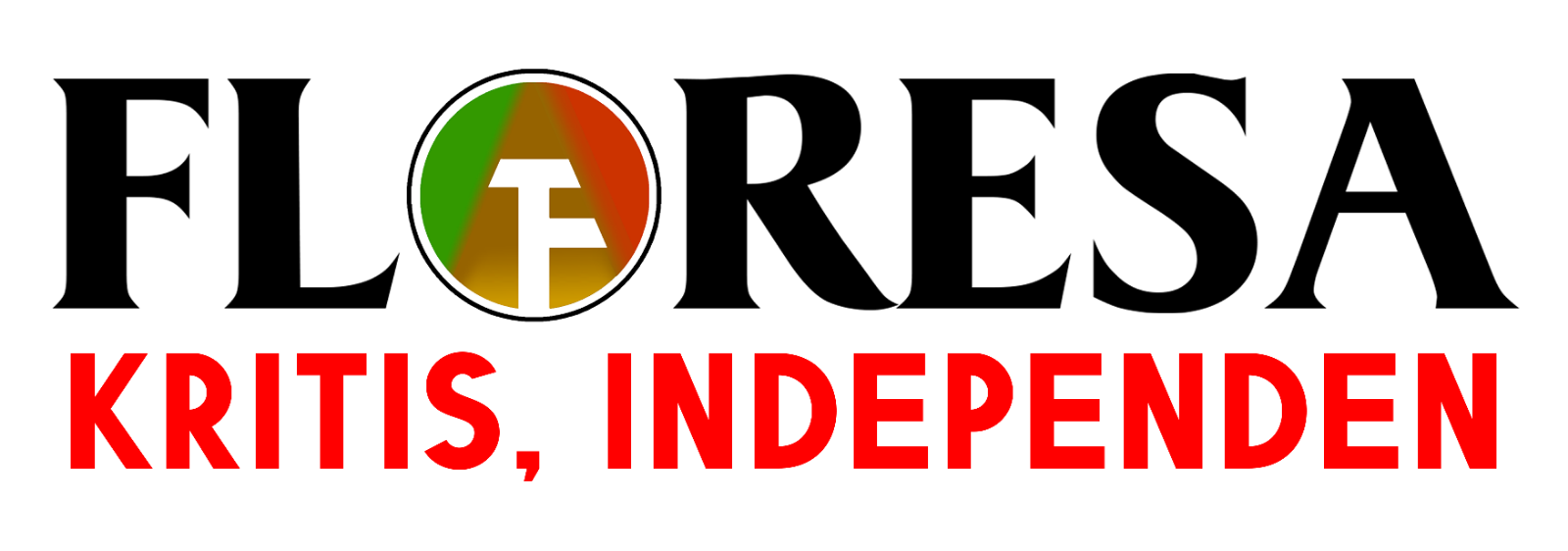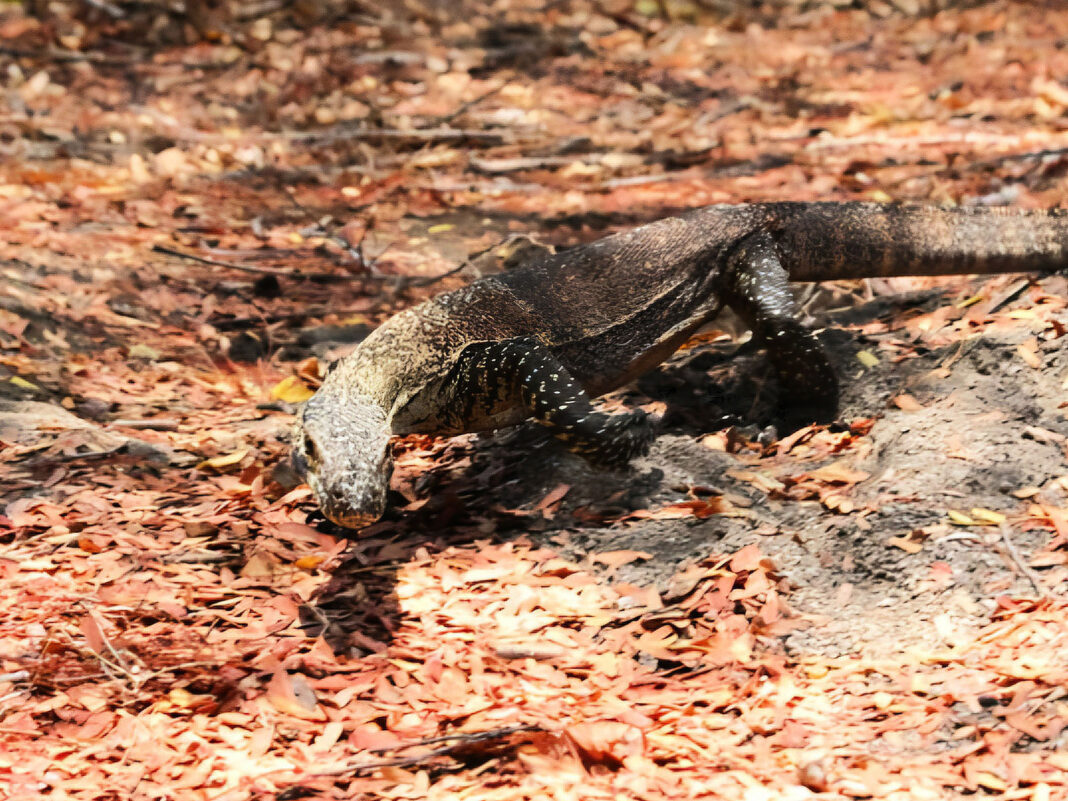Floresa.co – The hills in Torong Padang, on the northern promontory of Flores Island, Indonesia’s East Nusa Tenggara province, appeared black in early October 2023.
They were “burned just a week ago,” said Amar Ma’ruf Malik Dulung.
At the summit of the hill the 25-year-old man said that “the land was deliberately burned as a preparation for malang.”
Malang is a local term that refers to the traditional hunting culture of the Baar tribe who live in Sambinasi Village, Riung, Ngada, Flores Island.
The animals being hunted are deer (Javan deer [Rusa timorensis]–spread across various Indonesia’s islands–and Timor rusa deer [Cervus timorensis]–native to the region), wild boars, porcupines and civets, said Amar, one of the younger generation of the tribe who lives in Mortauk, West Sambinasi Village, Riung.
Most members of the Baar tribe reside along the northern coast of Riung.
For the self-identifying Baar indigenous people, customary hunting is their way of “establishing territory.”
The self-identifying Indigenous people of Baar have lived in Sambinasi “for hundreds of years,” said Hasan Abas [56], a traditional elder of the Baar, whose role is to take care of traditional rituals.
There are no recorded figures for its current population. However, according to Hasan, his community members number “around 200 people.”
“Hunting is a tradition inherited from our ancestors that we must carry out every year,” he said.
About two months before the customary hunt, the Indigenous community starts burning the hills’ savanna.
“The fields are burned so that the deer cannot hide when they are hunted,” explained Hasan.
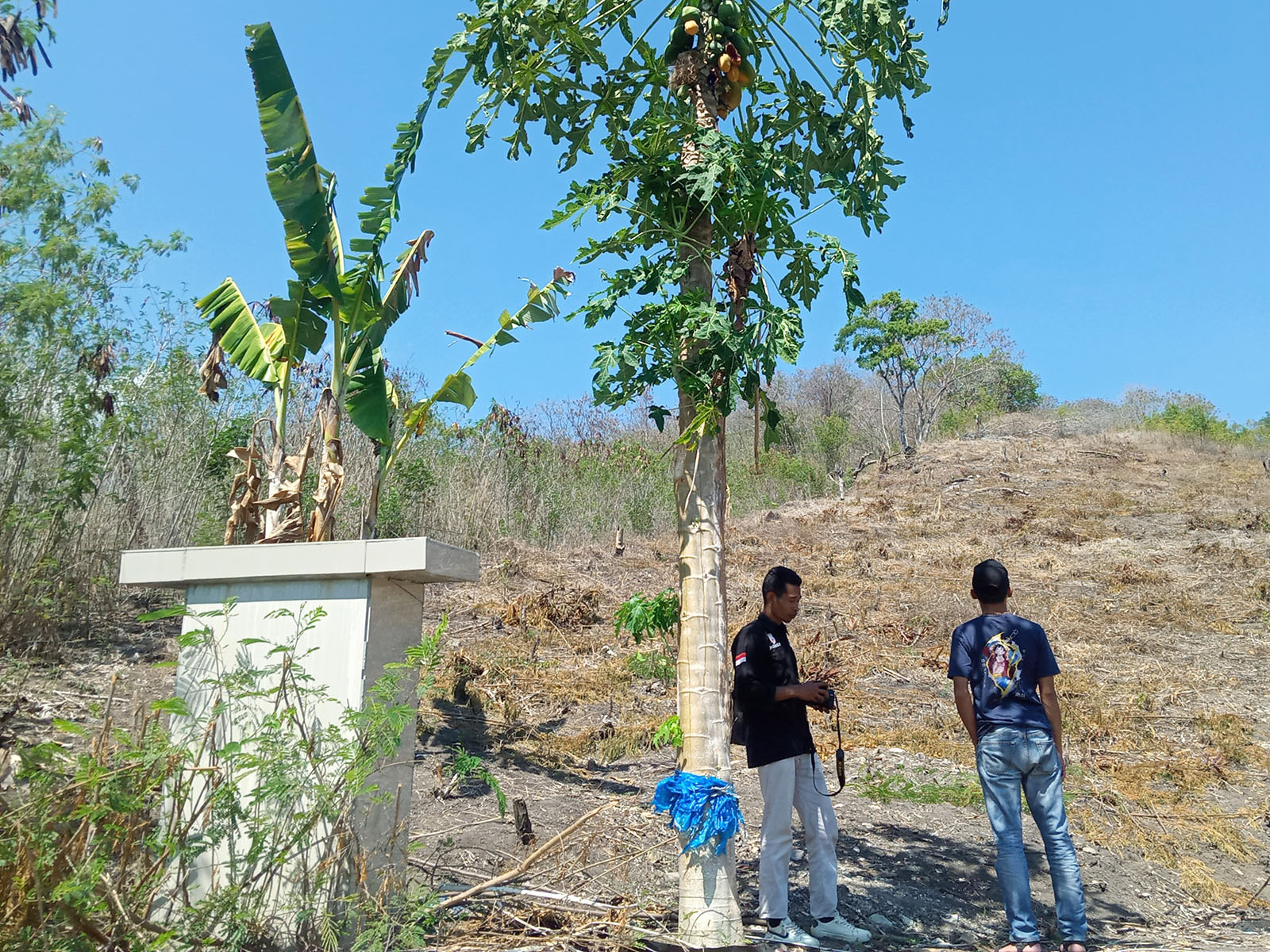
But before doing this, the community also carries out a traditional ritual to notify the Komodo dragon so that the animal seeks shelter in the caves where it lives, said Hasan.
Tanjung Torong Padang, an 800-hectare expanse that is the traditional hunting place for the Baar tribe, is also the habitat of the mbau.
According to a story passed down between generations, he said, the Komodo dragon was born to a woman who was the wife of one of the ancestors of the Baar tribe.
“We have been taught from generation to generation not to be rude, let alone insult Mbau because he is our brother,” he said.
“That’s why to this day, we still really respect the mbau [the local name for the Komodo dragon [Varanus komodoensis], including during traditional hunting, and we inform them through traditional ceremonies.”
Even though the government prohibits burning of savannas, Ibrahim Malik [62], Chairman of the Ba’ar Tribe, stated that they still do it during traditional hunting.
“This is our tradition. It is impossible for us not to carry it out because it will have an impact on us,” he said.
Now the Baar indigenous people hunt for deer in Torong Padang once a year, with strict customary rules. They hunt only to feed themselves, not to supply the market.
“For the 363 days outside of the two-day traditional hunting event, they have a rule that you are not allowed to hunt there,” explained KSP researcher Achmad Ariefiandy.
Hasan explained that during traditional hunting, Komodo dragons also take part. If “mbau succeeds in catching the deer, then we don’t take it because that’s his share.”
Usually, continued Hasan, when a traditional hunt is taking place, the traditional elder who leads the activity shouts from the top of the hill.
There, he will tell the Komodo dragons not to chase the deer that are running towards the hills “because that’s humans’ place.”
“E miu pereng wa, on rapang ghami,” he says in Mortauk language: you [komodo dragons] wait in the valley, the deer on the hill are human’s lot.
Komodo, he said, followed the notification, “They guard and catch the caught deer that run towards the valley,” he said.”
Abundant Food for Deer
The government began paying attention to Komodo dragons around 1992-1996 by establishing the Wolo Tado Nature Reserve, Riung Nature Reserve, 17 Small Islands Nature Reserve–which consists of 17 small islands in Flores Sea– now managed by East Nusa Tenggara Natural Resources and Conservation Center [BBKSDA NTT].
Those years marked the beginning of the formation of conservation areas in Indonesia. The government regulates its formation through Law Number 5 of 1990 regarding the Conservation of Natural Resources and Ecosystems.
Komodo dragons on Flores Island are found in conservation areas and outside them, for instance on Golomori and Longos Island in West Manggarai Regency; Pota, East Manggarai Regency; and in Torong Padang, Ngada Regency.
After the establishment of conservation areas on a national scale, the government prohibited people from burning savannas to avoid damage to the ecosystem in conservation areas.
But some experts – and the Indigenous community themselves – maintain the practice is protective and does not cause environmental harm.
“Burning the savanna helps the grass grow faster in the rainy season, providing abundant food for deer,” said Cypri Paju Dale, a Flores-born anthropologist and environment activist. Cypri’s recent research focuses on the relationship between tourism and indigenous communities in the region.
“When the grass grows again after being burned, the deer will get fat, and the Komodo dragons [who prey on them] won’t starve,” added Ibrahim Malik, one of Baar’s elders.
“Traditional hunting and burning down fields or savannas are not traditions that threaten the preservation of Komodo dragons,” said Ibrahim, adding that it had never happened that “a Komodo dragon was roasted by fire during the burning of the savanna before traditional hunting activities.”
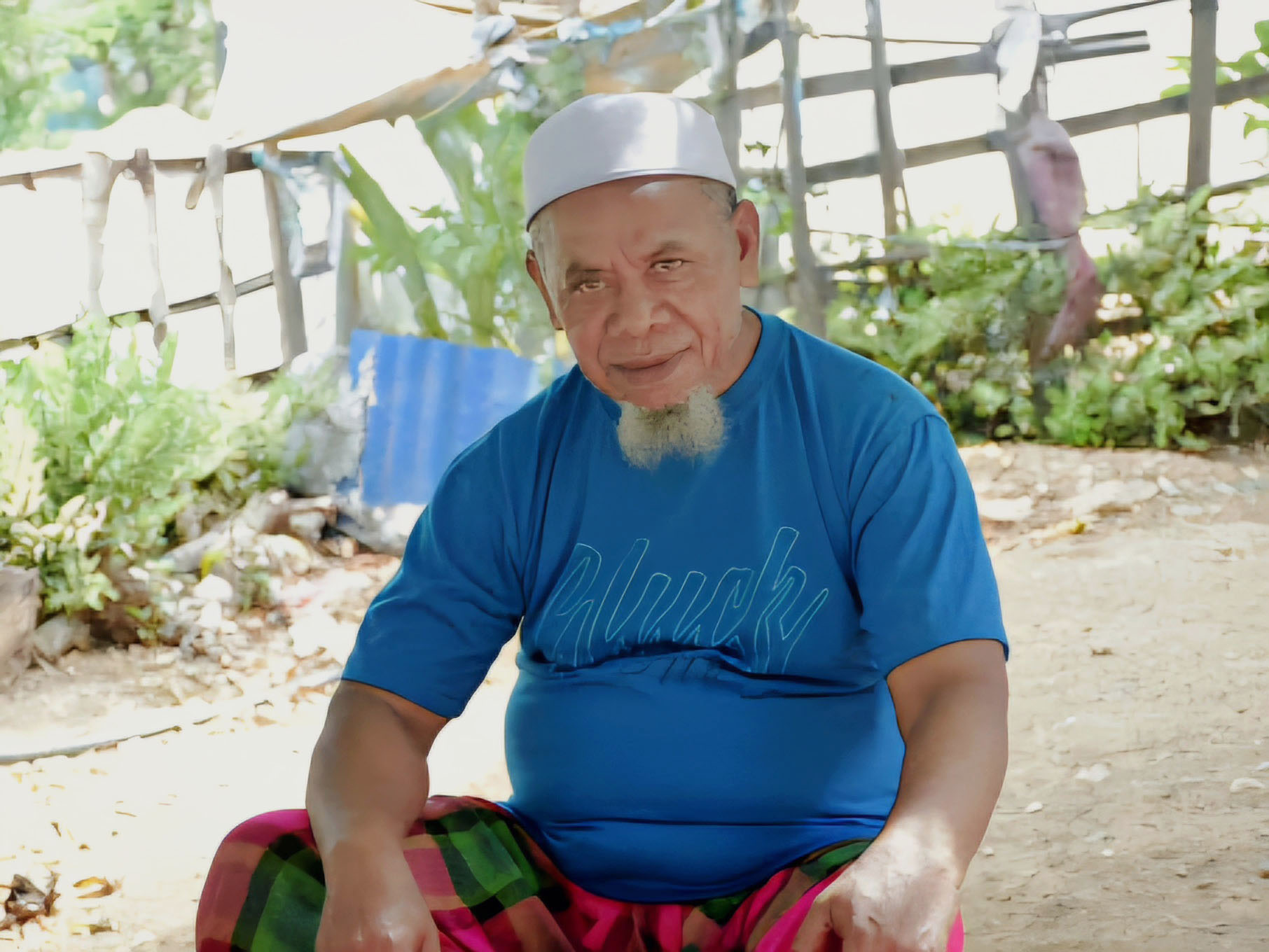
Willem Amu Blegur–a Timor Island-based ecologist– et al. in the study ‘Vegetation of Komodo Habitats in the Riung Landscape and Ontoloe Island in East Nusa Tenggara’ (2017), acknowledging that “the availability of savanna in the savanna forest on Flores Island is a food source for deer, as food for Komodo dragons,” found that small-scale savanna burning had no effect on “the availability of habitat needed by Komodo dragons.”
However, others believe that there are clear benefits to keeping the burning in check.
Komodo Survival Program Coordinator, Achmad Arifieandy, explained: “Hunting disturbs the Komodo dragon’s habitat.”
The Komodo Survival Program Foundation, a non-profit organization based in Denpasar, Bali, pays special attention to the preservation of Komodo dragons and their biodiversity and habitat. They have involved the Baar indigenous community in efforts to conserve Komodo dragons in Torong Padang since August 2016.
“The indigenous community gradually realized the bad impacts [of burning], so they agreed to reduce the number of customary hunting periods in a year,” he said.
In March 2019, indigenous people held a traditional meeting. The meeting was also attended by the Komodo Survival Program. During the meeting, they agreed to a written agreement regarding customary hunting which would only be carried out once a year for two days, rather than once a year for three days in a row.
Habitat by the Sea
Komodo is an endemic animal to Indonesia which is only found in East Nusa Tenggara.
The International Union for Conservation of Nature [IUCN] designated the Komodo dragon as endangered [on their Red List] at a congress in France on September 4 2021. The IUCN recorded the adult population at 1,383 individuals in 2019.
Komodo dragons live inside and outside conservation areas on Flores Island and its surroundings, for example in Komodo National Park; Golo Mori in West Manggarai Regency; Pota in East Manggarai Regency; and in Torong Padang.
Surrounded by dozens of small islands in the Flores Sea, the contour of Riung’s land is dominated by rows of hills with towering teak trees.
The hills adjacent to the coast of the Flores Sea are rich in manganese, said Ma’ruf Malik Dulung. That’s why, he added, “financiers bought the hills and turned Riung into black stone mining hills.”

Sambinasi Village and the center of Riung District are about 10 kilometers apart. Sambinasi is on higher ground connected to the center of Riung by a winding road.
The road is narrow and requires fellow drivers from the opposite direction to maneuver; whoever steps aside first makes way for motorists coming from the other side.
Monitoring by The East Nusa Tenggara Natural Resources Conservation Agency [BKSDA NTT] in 2018 recorded that there were 23 Komodo dragons in the age classes of juveniles and adults in Torong Padang.
Komodo dragons that live in Torong Padang generally have small bodies, are golden in color, are wilder and more aggressive. Their physical characteristics are different from the Komodo dragons in Komodo National Park, which are fatter, darker in color and tamer.
Cypri presumes that the differences in color and size of Komodo dragons in Riung and Komodo National Parks are ” triggered by habitat contours and prey types.”
“Further physiological research is needed regarding the differences between Komodo dragons in the two conservation regions,” he said, while adding that there is a lack of researchers who focus on Komodo dragons.
Collaborate for the Komodo-dragons
KSP researcher, Achmad Ariefiandy, said his foundation focuses on assisting the Baar indigenous people to conserve the Komodo dragon. This collaboration between indigenous peoples, researchers and the government can be a model to work together to preserve wildlife, he explained.
KSP and indigenous communities agreed to form the Torong Padang Tourism Institute [LPTP] which consists of young people from the Baar tribe working to develop tourism in the area.
Tourism revenue in TWA Riung has more than doubled, to Rp158,797,000 in 2023 from Rp77,947,000 a year earlier.
KSP is also “thinking about how to encourage people to engage in activities that can generate income for them, such as “including making souvenirs and woven fabrics.”
Importantly, the institution also works with the community to monitor Komodo dragon habitat.
Arief Mahmud, Head of BBKSDA NTT, said that nature conservation activities in Torong Padang are joint activities of KSP and BBKSDA NTT which are carried out periodically.
These activities, he said, had been confirmed in the Cooperation Agreement which was signed in 2022.
“Monitoring the Komodo population involves the Baar tribe community so that they can have a good understanding of Komodo conservation and work together to protect their tribe’s traditional land which is the Komodo dragon’s natural habitat,” he said.
The Baar indigenous people, he said later, “are made more aware so that their hunting activities still pay attention to the preservation of the animals they hunt.”
Faidal Rahmani Renggu [32], one of Baar’s youth, appreciates such assistance, while adding “we would never disturb the Komodo dragons, because we have ‘blood ties’ with them.”
Climate Change and Illegal Hunting Threatens Komodo Population
“Komodo dragons are endangered and are protected because their numbers and distribution area are very limited, especially on Flores Island, where most of the population is thought to be outside conservation areas,” said the head of BBKSDA NTT, Arief Mahmud.
When the IUCN changed the conservation status of Komodo Dragons from “Vulnerable” to “Endangered” a few years ago, it stated that changes were not related to their population, which showed a stable trend.
Achmad Ariefiandy from the Komodo Survival Program also pointed out that the change in the status of Komodo dragons from vulnerable to endangered, “does not necessarily mean their population is declining drastically.”
Instead, it was triggered by the Komodo dragon’s vulnerability to the impacts of climate change.
Several literature reviews and studies show an increase in extreme temperatures in the next 50 years. Increasing extreme temperatures are accompanied by rising sea levels and “the main habitat of Komodo dragons is on the coast,” Achmad pointed out.
“It is possible that the area will no longer be habitable by Komodo dragons, triggering a decline in their population.”
He said that their more inland habitats, such as community gardens on Flores Island, are also vulnerable because “human activities are changing the function of forests into plantations and massive development.”
According to BBKSDA NTT, the most urgent threat to the preservation of Komodo dragons and their deer prey is illegal hunting.
“We arrested seven poachers who entered Torong Padang in 2019,” said Faidal Rahmani Renggu [32], one of the Torong Padang’s Tourism Institute or LPTP administrators, who patrols the location twice a month, monitoring Komodo traces and any attempts to disturb them.
The poachers came from villages around 20 kilometers from Sambinasi. “They were fined one goat and 30 kilograms of rice,” he said.
He said the fine applies to anyone who enters and carries out activities in Torong Padang outside of customary provisions, including the Baar community itself.
Cypri stated that “the authorities and the conservation NGOs have been trying to control local communities, but not effective in preventing the bigger actors such as the commercial poachers and smugglers of Komodo dragons.”
During another patrol in 2021, LPTP found Komodo traps installed by unknown people in Torong Padang.
“We didn’t know who set the trap. Judging from the model, it’s impossible for local residents here to set it,” said Faidal.
At the national level, the penalties for trafficking Komodo dragons are more significant – but traders remain undeterred.
In 2019, the East Java Regional Police foiled the smuggling of five Komodo dragons abroad. According to the results of DNA tests and their physical characteristics, the Komodo dragons that were intended to be smuggled to Singapore were exactly the same as the Riung Komodo dragons.
It was revealed that a network was trading 41 Komodo dragons to Singapore at a price of Rp 500 million [USD31,997] per head, according to Kompas.
“The network will be completely dismantled and punished according to statutory regulations,” said Wiratno, Director General of Natural Resources and Ecosystem Conservation at the Ministry of Environment and Forestry at a press conference in Jakarta on April 2 2019.
Each defendant was sentenced to two years in prison and was required to pay a fine of Rp10 million [currently approximately USD636,38].
At that time, the Ministry of Environment and Forestry did not publicly announce the names of the members of the Komodo smuggling network. Likewise, the police only mentioned the initials of five people who were said to be harboring Komodo dragons in Surabaya.
Faidal said that installing traps or snares to catch the Komodo dragons that they found in 2021 proves that there are still efforts to sell these rare animals.
“The capture and trade of Komodo dragons threatens their sustainability,” he said.
The government, especially law enforcers, he said, should take firm action against the perpetrators, including announcing their names and their networks, “including those of low-level perpetrators or Komodo dragon catchers.”
In that way, he said, “we hope that more parties will understand how crucial it is to preserve the Komodo dragon, as well as providing a deterrent effect for anyone who intends to disturb their lives.”
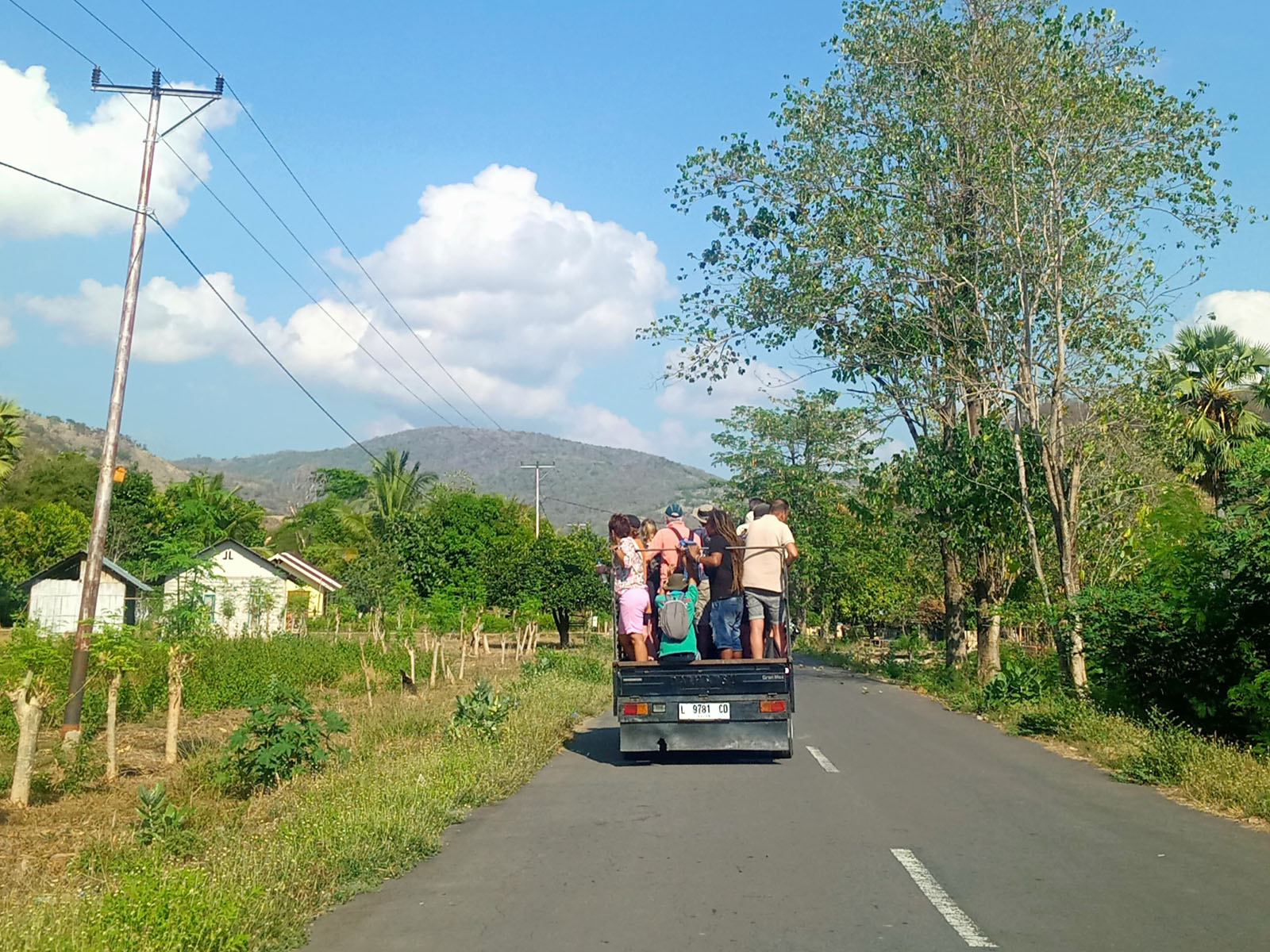
One afternoon under the shade of a cherry tree in the yard of his family’s house, Amar Ma’ruf Malik Dulung sat on a bench made from a tree trunk.
“Some of my childhood friends dropped out of school because their parents lacked funds,” he said.
“I once imagined we would build a village on our own.”
Amar has just completed a master’s program in Islamic education management in Mojokerto, East Java.
The distance between Mojokerto and Riung is approximately 945 kilometers, separated by at least four tourist destination islands: Bali, Lombok, Sumbawa and Sumba.
He is still looking for work according to his master’s degree while becoming a freelance journalist, a dream that made him choose a bachelor’s degree in communications.
“It’s quite difficult to get a job here. “I might return to Java,” he said.
In contrast to the scorching afternoon, a gentle breeze swept across Sambinasi as the Maghrib call to prayer echoed from a mosque next to the Amar family’s house.
A purple sunset sets against Torong Padang, a shared, sacred place for the Baar indigenous people and their animal relatives.
“We hope that our descendants will continue to develop understanding and action to protect the land,” said Ibrahim Malik.
“Land, for the indigenous Baar people,” said the father of five, “includes everything that is there, from water, air, rocks to trees and animals.”
This story was produced with support from Earth Journalism Network
